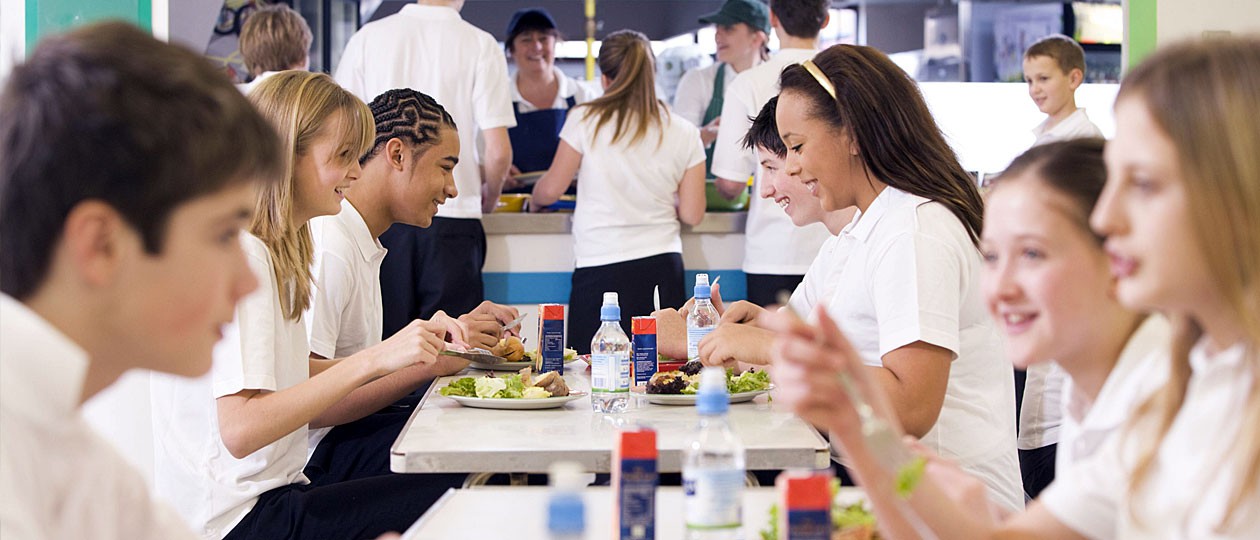Argyll and Bute Council learned a few things this week about PR, language, the power of social media and, importantly, empathy.
Nine-year-old Martha Payne’s blog, NeverSeconds, on which she posts photos of her school lunches and rates them – while also helping raise money for school-feeding projects for those living in poverty (latest total: £91,000) – so alarmed the council that it demanded she kept her camera out of the canteen.
Schoolgirls make intimidating whistle-blowers, eh?
School dinners have never exactly had a Michelin-stared reputation. But Martha’s scores of mainly 8 or 9 out of 10 are actually giving school meals a good name. Did anyone at the council read the blog?
Its retort was misplaced, with references in its press release to apparent “unwarranted attacks” by the press. Anyone reading it out of context might think the council had been the victim of a national smear campaign.
In its rush to protect staff from “distress and harm”, they forgot about a nine-year-old girl living in its borough who was pulled out of class and told to edit her blog (and who, presumably, read later about the “unwarranted attacks” she had apparently caused).
Rather than censoring Martha (which misses the point of a personal blog), Argyll and Bute Council should celebrate people who do something different to engage others in local issues. NeverSeconds is a highly entertaining read.
Plus, Martha’s blog is the most accurate measurement it’s going to get – down to the number of mouthfuls it takes to eat each meal. If the tomato pasta scores 5/10, perhaps it is time for the canteen staff to try a new recipe. Martha could be employed as the council’s nutritional consultant.
The lessons here for PR and Communications teams
Social media is a powerful tool, but it is not to be feared. A blog is rarely viewed by its readers as a mouthpiece for an entire community. These observational comments give one side of the story – with commenting functions allowing readers to express alternative opinions.
And, when prompted, people will comment. Martha’s 14th June post, in which she says goodbye to readers, thinking she would have to end her blog, has attracted more than 2,300 comments, while #neverseconds was a trending topic on Twitter as the UK reacted strongly to the story.
Address issues and criticism in an understanding way. Don’t quiet your audience. Read feedback and act on concerns. Find out what you need to do to gain positive reviews. How can you turn critics into ambassadors?
Embrace enthusiasm and engage people. Make the most of your stakeholders who have something to say. Use their insights. Martha is an active member of the community. As the only person blogging about school dinners, why ignore her? How many people from Argyll and Bute Council have had school dinners every day for the past five years? Recognise and reward ingenuity and creativity.
Be approachable and think about the potential impact of your content. Argyll and Bute Council presented itself as an organisation that doesn’t do personal communication well; a bad sport that has taken a lighthearted look at its education practices too seriously. Have perspective.
The initial statement was swiftly replaced by one from council leader Roddy McCuish, who praised an “enterprising and imaginative pupil” and overturned the camera ban. And so Martha’s blog is back up and running. The final lesson therefore is to respond quickly to bad publicity. Don’t stick to your guns for the sake of it. Admit errors.
RJ

